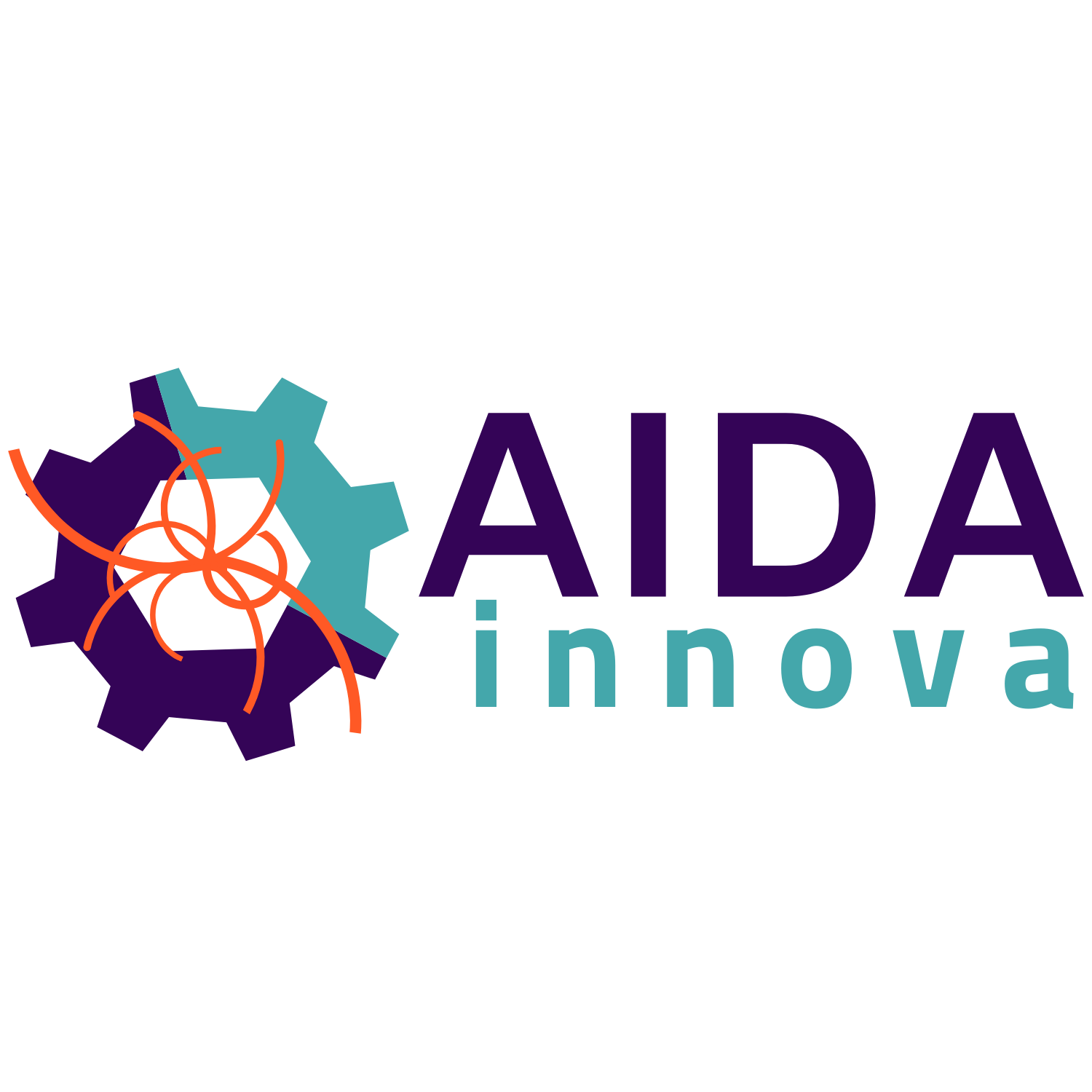
By Rickard Stroem (DESY)
AIDAinnova selected four Blue Sky research projects for funding.
Significant technological advances within the field of particle detectors have often been made possible thanks to developments beyond the foreseen or intrinsic limits of existing technologies and often in synergy with other fields and industry. AIDAinnova’s dedicated work package on prospective and technology-driven detector R&D (WP13), coordinated by Professor Peter Krizan (University of Ljubljana and JSI), pays tribute to this fact in a call for so-called Blue Sky research projects as announced on July 7, 2021. The inclusion of a dedicated work package for such prospective, technology-driven R&D is a first for large collaborative EC-funded projects on HEP detectors.
By the deadline on September 12, a total of 15 research proposals had been received. Out of these, six were devoted to novel semiconductor materials, three to radiation-hard silicon technologies, three to light detection and scintillators, two to gaseous detectors, and one to prospective research on data acquisition. A selection committee comprising nine AIDAinnova members and external experts graded and discussed all 15 proposals and made its final selection on December 7.
The selected projects include two studies of novel semiconductor detectors (“Thin Silicon Sensors for Extreme Fluences” and “The Silicon Electron Multiplier, a new approach to charge multiplication in solid state detectors”), an investigation of a novel scintillator (“Development of fine-sampling calorimeters with nanocomposite scintillating materials”), and research and development of wireless data transfer (“Wireless Data Transfer for High-Energy Physics Applications”).
